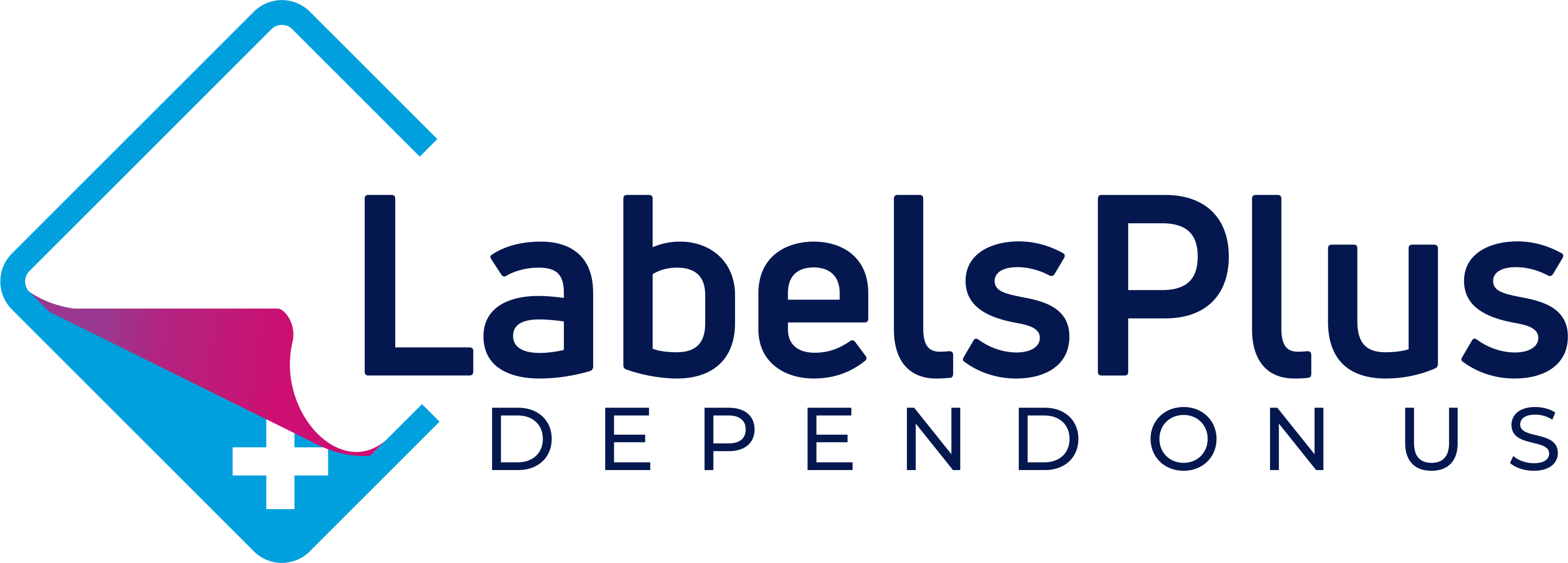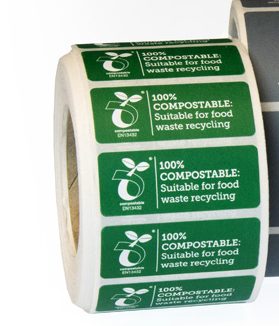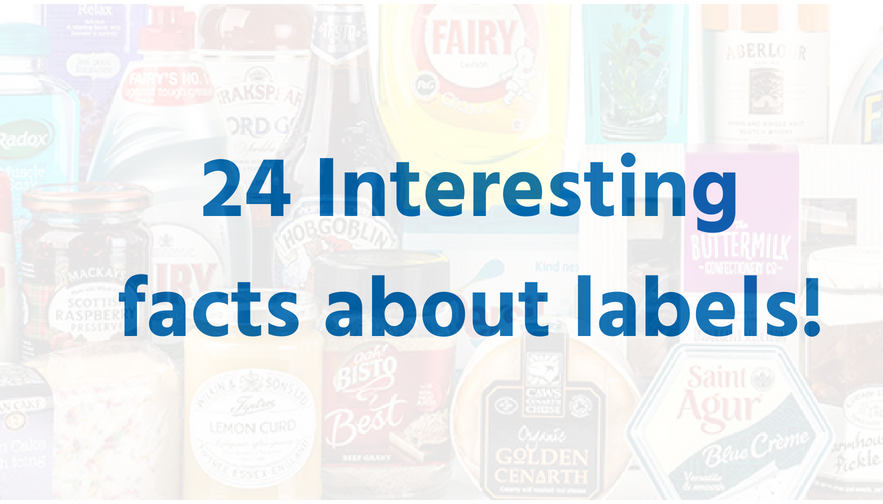We can hardly believe that we’ve now been in business for 24 years. So much has happened over that time, it’s been a particular pleasure of ours to witness many of our customers, who were just starting out in business when they placed their first label order with us, go on to become successful and established companies. To celebrate, we’ve put together 24 interesting facts about labels from ancient to modern times.
- It’s thought the Ancient Egyptians first created “stickers” to advertise their daily market rates.
- Wine jars were discovered in King Tutankhamen’s tomb and their labels contained enough detail to meet some present day countries’ existing wine label laws.
- The oldest known use of the word ‘label’ is in around 1300 and it’s thought to have originated in Old French, in the form of label, lambel, labeau which means ‘ribbon, fringe worn on clothes’ and was used as a technical term in heraldry.
- By the 1800s, lithographywas the primary method of sticker production; a label is printed on a treated flat surface that repels ink from places where it isn’t needed.
- In the mid-19th Century, ocean liners started attaching labels to passengers’ suitcases. They included information like cabin class and destination, making luggage sorting simpler.
- One of the earliest stickers, the postage stamp dates from 1839 when Sir Rowland Hill created an adhesive paper for the purpose.
- In the 1880s pre-printed paper bonded using animal glue was used to advertise goods.
- Now antiques, examples of the first sticky labels from the 1880s can reach up to £3,000 at auction!
- The term ‘record label’ originates from the circular label in the centre of a vinyl record which identified its manufacturer. Columbia is thought to be the oldest and was founded in 1887.
- In 1939, R. Stanton Avery invented the first self-adhesive label, also known as the modern sticker that we now use in everyday life, using parts from a washing machine and sewing machine and a sabre saw.
- During World War II, labels were used as bumper stickers to promote and share ideas with the general public.
Labels in business
- Some of the oldest forms of labelling were built directly into product packaging. Glass, metal, and even stone was stamped with trademarks indicating the name of the craftsman or company who had manufactured it.
- The first crude method of label construction involved designing the wine label on a stone then passing an ink roller over it to produce the label.
- The Italian wine labels of the 19th and 20th centuries revealed clues about daily life. Their labels displayed coats of arms, landscapes, portraits and medals of the individual wine families.
- The birth of the inkjet printer in the 1980s was responsible for an explosion in the use of labels across all commercial sectors.
- Today labels are used to communicate a wide range of information about products including how to use, transport, recycle and dispose of them.
- Labels became essential to the retail industry in the 1980s with the advent of the bar coded label.
Modern food labels
- Reducing obesity was one of the seven key priority areas for improving the health of the UK identified in the 2004 government white paper ‘Choosing Health’. One of the actions identified was a call for the provision of clearer food labelling.
- The traffic light system which colour-codes information about fat, salt, sugar and calorie content in green, yellow and red, was introduced in 2013. A voluntary initiative, many food producers have yet to adopt it.
- Today, the rise of health problems and diseases associated with poor diet means people are more likely than ever to read the information printed on food labels.
- If the four-digit Price Look Up (PLU) code on a food item begins with a 3 or 4, the item was conventionally grown, which means it has been raised in a ‘traditional way’ – according to industrial agriculture, which includes: the use of pesticides, chemical fertilizers to promote growth, and chemical herbicides for weed maintenance.
The future of labels
- Digital labels offer businesses both large and small the opportunity to create bespoke labels without incurring the significant expense associated with plate printing.
- Environmental concerns have led to the development of a range of sustainable label production technologies and materials including Biodegradable labels.
- Businesses are increasingly using labels to communicate their products’ ethical credentials. For example Target, the second largest department store in America after Walmart, has introduced vegan and cruelty-free labelling to help customers make more informed ethical purchases.
- A new era of label technology is on the horizon for the food and drink sector with smart labels able to detect changes in temperature, freshness, oxygen concentration and carbon dioxide concentration. Imagine….a food label that could tell you when the food had gone off!
To find out how our labelling solutions could help your business succeed, call LabelsPlus on +44 (0)1663 736250.


